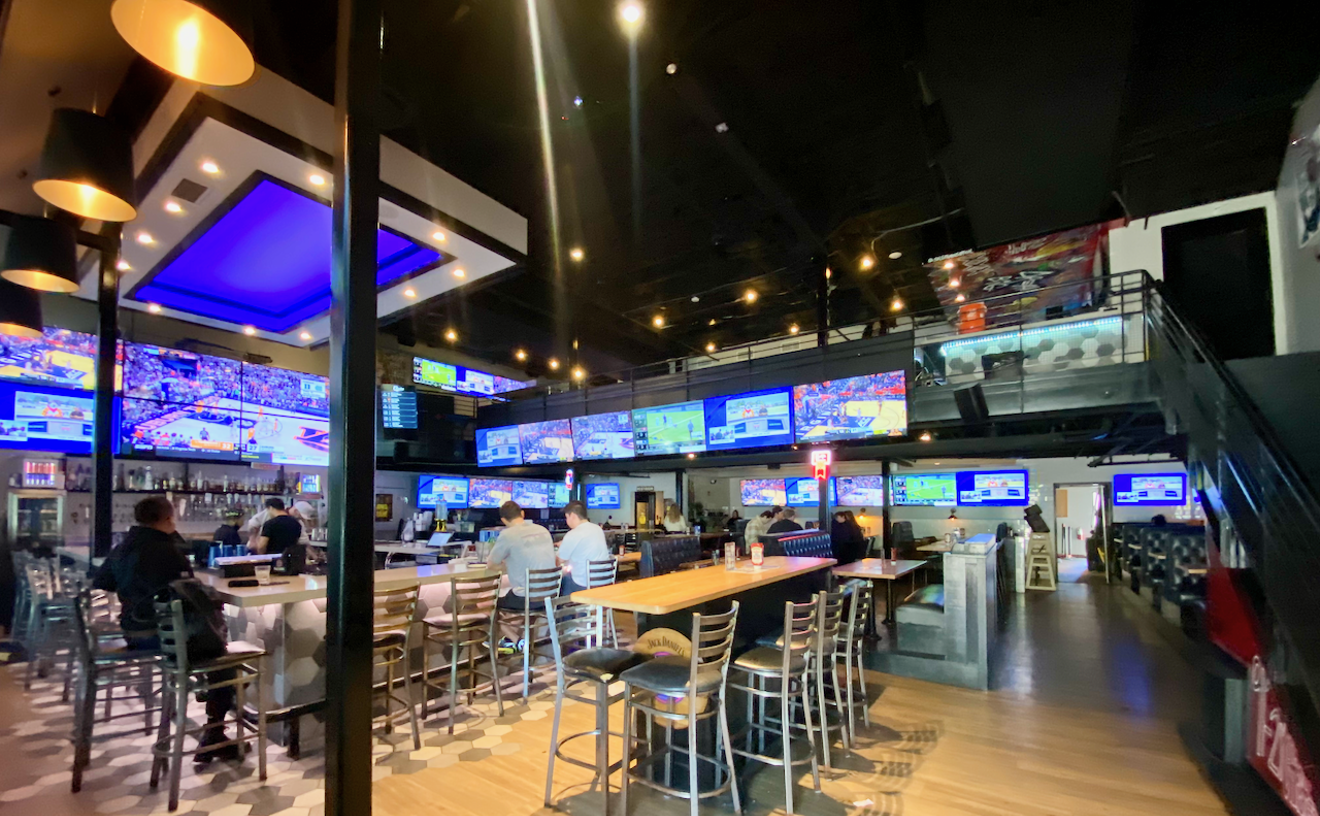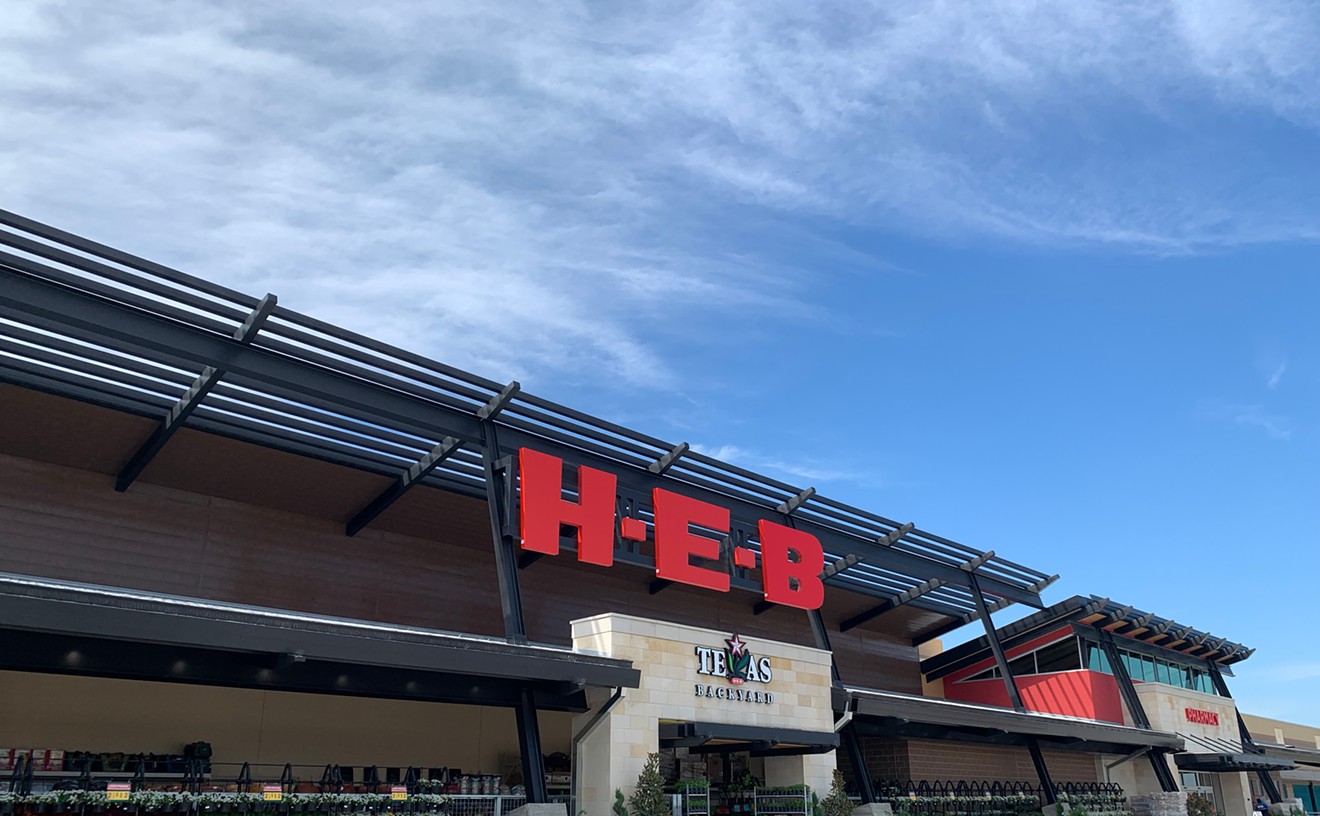Compared to tacos, pasta and other imported foods, sushi is still a relatively new phenomenon in the States. It wasn't until the mid-1960s that the first sushi bars started cropping up in Los Angeles' Little Tokyo, to cater to homesick Japanese businessmen. Those first shops did little to rouse desire in Americans, unless they happened to be working dinner-time business deals with employees from Hitachi. It wasn't until a sushi restaurant opened in Century City near a movie studio that raw fish garnered the attention of a larger audience.
Like cigarettes, vodka and Aston Martins, the best way to prove that a product is luxurious is to put it in the hands of a sexy celebrity. A star-struck set of new maki lovers dashed to every sushi restaurant that opened in L.A. New York City got into the sushi game, too, and after sushi conquered the coasts, it slowly pushed its way into every American town with even the faintest metropolitan pulse.
Most of the sushi served at these restaurants bears little resemblance to what was plated in Little Tokyo nearly 50 years ago, and what's been served in Japan all along. The small, square-shaped tuna roll wrapped in nori, often served at the end of a meal, was turned inside out, pumped up with fillers and served as a meal on its own. Americans took to sushi rolls like they took to hamburgers, as fried crunchy things and multi-sauce drizzles joined a shrinking amount of fish to form the massive rolls that define mainstream American sushi.
The chefs at Sushi Sake in Richardson have formed roughly 8.5 trillion of these rolls since opening in 1997. Owner Takashi Soda got his start in a small strip-mall space on Campbell Road, where he cultivated an overflowing dining room of dedicated followers. When he outgrew that space, he took over an old Chinese restaurant just a few blocks away on Collins Boulevard. Soda remodeled, turning the building into a dimly lit sake-sipping den with dark walls, low seating and enough lucky cats to rattle the Humane Society. But even with the additional seating, it's still hard to get in some nights.
One night I sat at the bar and watched a chef drape paper-thin slices of fish over a massive mound of rice to form a rainbow roll. The colorful baton was for the customer to my left, who took an entire thumb-sized hunk of wasabi and mixed it with soy sauce to form a muddy, gray paste while he waited. The same move was punished by decapitation in Anthony Bourdain's Get Jiro, an animated novel about a renegade sushi chef. A customer lost his head after overpowering his sushi with too many condiments and insulting the chef by ordering a shameful California roll.
Of course, Soda knows better than to remove the heads of customers who don't understand the nuances of sushi etiquette. Instead he's made his living catering to them. That same night I watched scores of rolls pressed into shape, boxed up and ushered out the door as takeout. And on another visit, when I arrived at 5:30 p.m. on a Saturday, just when the restaurant was set to open, I encountered at least 30 customers huddled around the host stand, counting down the minutes until they could be seated. Many of them are delighted with spicy tuna and a bowl of miso, but what makes Sushi Sake most interesting isn't the mountains of special rolls that are cranked out in quantity. There's a much more genuine craft available, if you're willing to indulge it.
On a different visit I sat at the bar and ordered a Sapporo. When my waitress returned I asked if the restaurant offered omakase, the style of dining that relinquishes control of the meal to the chef. The waitress said no, but one of the sushi chefs had overheard my request. He said he'd be happy to do it. What followed was one of the best sushi meals of my life.
After a simple plate of sashimi — tuna, yellowtail, kampachi, salmon — my meal shifted from tuna to toro. Plate after plate hit the shellacked wood of the bar, each with two pieces of sushi using the same fish but interpreted a different way. The most memorable was the raw scallop, glistening and bulging with a yellow glaze on one rectangle of rice, charred with a blowtorch on the next. I was instructed to eat the completely raw version first, and it was saline and slick. The second piece delivered a cooked texture wrapped around the now familiar cool and slippery shellfish, while a subtle hint of smoke filled the back of my nose.
That juxtaposition could have kept me eating scallop the rest of the night, but then two pieces of mackerel arrived, followed by two pieces of smoky bonito, the bacon of the sea. Every now and then a piece of fish had a faint streak of wasabi painted on the underside before it was bonded with another rectangle of rice — precisely how the green paste is meant to be used — and it filled my nostrils with its subtle warmth.
Each bite was different. And each held a secret that could be easily liberated with a slow and deliberate consumption. Meals like these paint smiles on faces, and the women sitting to my left took notice. Despite the tuna rolls in front of them, they caught the eyes of their sushi chef. "Can we try the bonito?"
When I finally waved off the chef I'd been charged $63 for what was a simple but perfectly executed meal. It was the least I've been charged for omakase in Dallas, so I tried to repeat it with a friend a few weeks later.
Round Two, sadly, was a bust. The ticket machine demanded rolls at a machine-gun pace and my chef was overwhelmed. The rice of each nigiri was loosely packed and fell apart as I tried to invert it and dip it into a small puddle of soy sauce. His creativity floundered, turning to rose-shaped salmon presentations on one plate, and an unstylish presentation of even more salmon wrapped in a cucumber sleeve in the next. It was like a bad date you can't escape from, except I certainly could have. I should have pulled the plug and ordered some tempura.
If you don't want to eat like a dolphin, the menu offers more than fish. There are vegetables battered a little aggressively, and there are tiny baby crabs, deep-fried whole. Pick the critters up with your chopsticks and crunch with your teeth like Japanese potato chips.
There's a simple miso soup that's like most renditions, and another that's simultaneously rich and light. The niku tofu has big and beefy flavors with huge cubes of tofu, and a small bundle of enoki mushrooms with stalks so fine they could be corn silk. None of these dishes came close to providing the emotional response of my first omakase, but they're safe bets I wish I'd relied on when my subsequent meal went sour.
Not that I wouldn't give the sushi chefs another chance. There's romance in omakase, and if you can't establish some intimacy with your chef, your meal will never transcend a pedestrian experience. Dining at Sushi Sake is like hoping for a spark you may never feel, but the potential is always there. And with fish this fresh at prices like these, it's more than worth the gamble.










